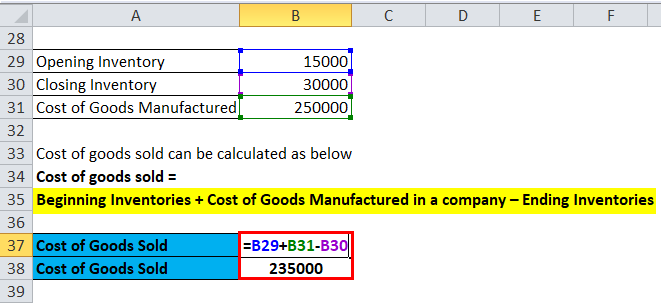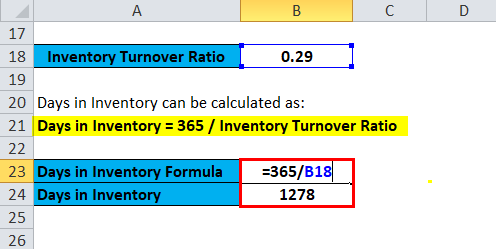
To determine whether inventory turnover ratios are favorable or negative, they analyst must compare to the industry and competitors of the company. Moreover, sectors that stock more expensive items-where buyers typically take longer to make a purchase decision-would have lower inventory turnovers. As a general rule, companies that store relatively affordable products will have greater inventory turnovers. What constitutes a “good” inventory turnover will vary depending on the industry. Interpretation of Inventory Turnover Ratio Good Inventory Turnover The latter may result in a business loss.

Fast-moving inventory retailers tend to outperform. The speed can be viewed as a barometer of corporate success.

Knowing how quickly inventory sells, how well it matches market demand, and how its sales compare to other products in its class category is one way to evaluate corporate performance.(Method-1)(Cost of Goods Sold/ Average Inventory) (Inventory as on 1st April 2021 + Inventory as on 31st March 2022) / 2 (Raw Material + Processing Expenses + Manufacturing Expenses + Other Expenses Made to Produce the Products) Other Expenses Made to Produce the Products The following illustration will help in understanding the concept better. The inventory turnover ratio can be calculated by calculating the cost of goods sold and average inventory.
#Inventories turnover ratio formula how to
How to Calculate Inventory Turnover Ratio? It can be done monthly or quarterly, depending on the specific analysis needed to evaluate the inventory account. Average inventory does not have to be determined on a yearly basis. The average cost of items resulting in sales is calculated by dividing these two account balances in half. It considers the beginning inventory balance at the beginning of the financial year, as well as the ending inventory balance at the end of the same year. The average cost of a set of products across two or more time periods is known as average inventory. The cost of goods sold is appropriately determined in both kinds of companies by using an inventory account or list of raw materials or items acquired for production. The cost incurred in a merchandising company, on the other hand, is usually the actual amount of the finished product (plus any applicable shipping costs) paid by a merchandiser to a manufacturer or supplier. This expense includes the expenses of raw materials and labor. The cost of goods sold is an expense incurred from the direct production of a product. Inventory Turnover Ratio – Sales/ Average Inventory Inventory Turnover Ratio – Cost of Goods Sold/ Average Inventory The formula for the Inventory Turnover Ratio is: High-volume, low-margin industries like retail and supermarkets have the largest inventory turnover. Furthermore, a higher ratio suggests higher sales or a lack of inventory.

Low sales and maybe surplus inventories are indicators of a slow turnover ratio. Calculating inventory turnover can help businesses make better decisions about pricing, production, marketing, and inventory purchases.


 0 kommentar(er)
0 kommentar(er)
